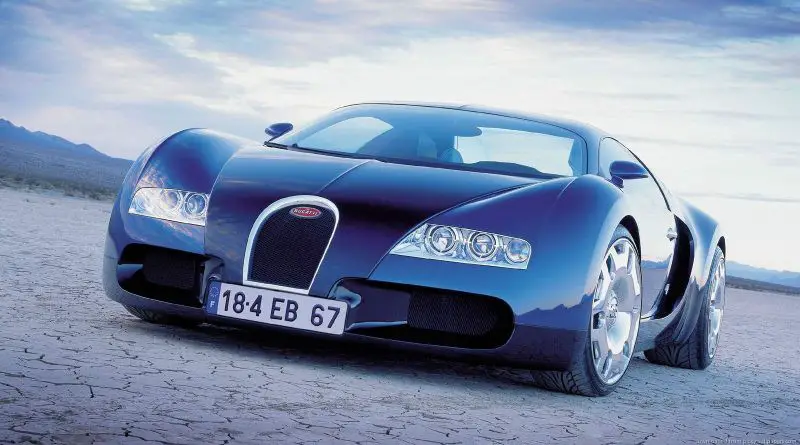
While traditional internal combustion engine cars are usually seen as the benchmark for performance, EVs have been hitting the headlines lately for breaking speed records.
Currently, the biggest talking point is of course the Faraday Future FF 91, which can hit 0–60 mph in a lightning fast 2.39 seconds, beating the previous record set by the Tesla Model S. Then there’s the Rimac Concept_One, which has a reputation for being the Bugatti Veyron equivalent of electric cars after it made mincemeat out of the LaFerrari and Porsche 918 Spider.
There’s a giant horseshoe shaped grille, a center line that runs over the hood and the roof of the car, and scoop-shaped signature lines on the doors. These are the three keys elements that certify a Bugatti, even if you don’t see the logo. There are also huge inlets therefore help to improve the cooling of the car.
Bugatti can sprint from 0 — 60 in 8 seconds and top speed is 236 mph this is faster than the Chiron. Propulsion comes from an eight-liter, W16 engine, which makes 1,500 horsepower. (No nods to our electric future here.) Drivers will only be able to make use of all that on a track, where the car would look perfectly at home, with a blue stripe highlighting the front splitter and sills. The stripe motif is also carried into the interior, with bright blue accents on the racing seats and steering wheel.
After beating a Porsche 918 Spyder in a drag race last year, the Rimac Concept One seems to be systematically taking on every other hyper car it can get close to. Its latest contender, the Bugatti Veyron, isn’t as high-tech as the Porsche but with 125 bhp more power it’s just as formidable.
On paper the Rimac looks like it has the edge over the Bugatti, but only slightly. Both cars produce at least 1000 bhp: the Veyron famously has 1000 bhp, while Rimac has 73 bhp more — an almost insignificant difference when the peak figures are this high. But Rimac claims the Concept One can reach 62 mph from a standstill in a time of 2.6 seconds in just 0.2 seconds faster than the time we recorded the Veyron accelerating to 60 mph.




